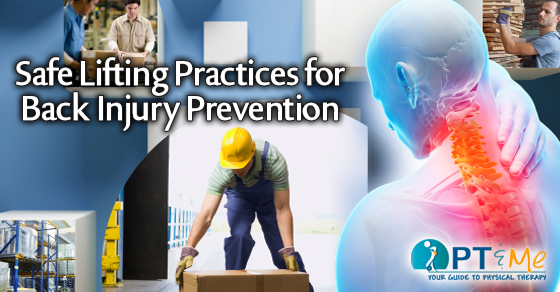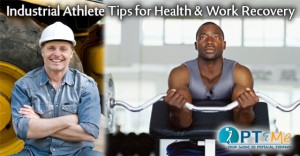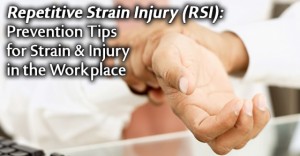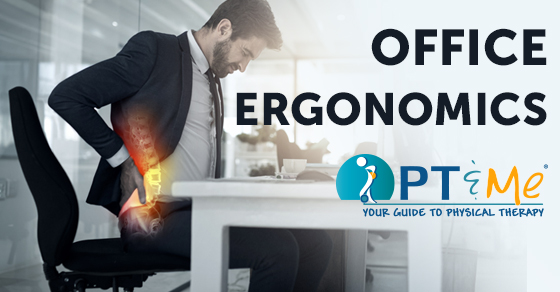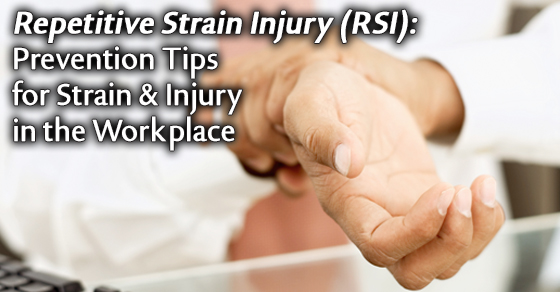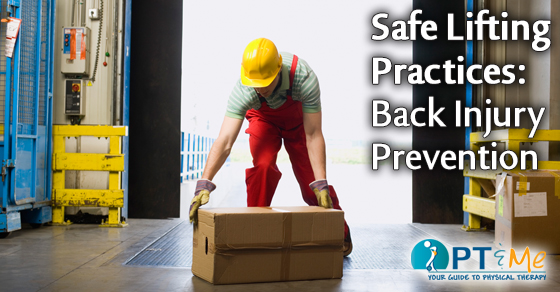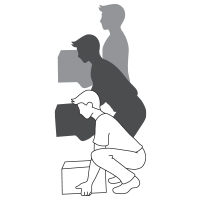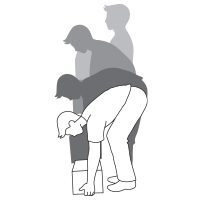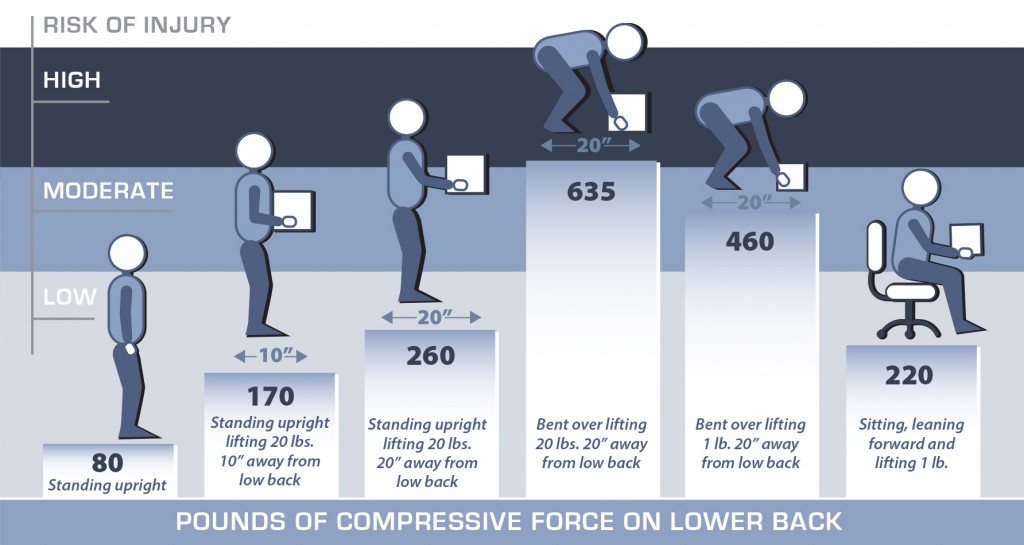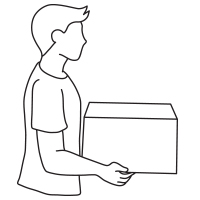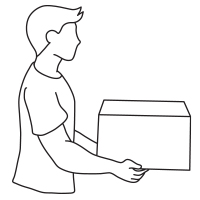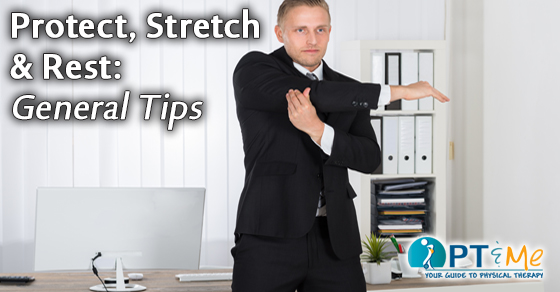
If you have experienced an injury at your place of work that results in needing rehabilitation, you may be put into a physical therapy work conditioning program. A work conditioning program focuses on preparing the body to physically be able to complete the tasks required at work. Physical Therapists focus on improving an employees, strength, flexibility, and endurance to the point that they can safely return to the job they were performing before the injury. So what exactly does that look like and what can a patient typically expect in a work conditioning program?
Main Components of a Physical Therapy Work Conditioning Program:
While each program varies, and the exercises and practiced movements will be job specific, there are a few similarities that most physical therapy work conditioning programs provide. Let’s take a look.
- 2-4 hour progressive program attended 3-5 days per week
- Licensed OT/PT supervision
- Emphasis on job simulation tasks for specific job return
- Emphasis on prevention of future injury teaching correct body mechanics and safe movement patterns
- Exercise programming tailored toward improving flexibility, strength, and endurance required for successful return to work. At program completion, a comprehensive home exercise program will be provided to ensure long term success
- Assist the work conditioning participant to resume appropriate work behaviors including attendance, punctuality, and response to supervision
- Performance of graded job simulation activities, so the participants gain confidence in their ability to return to work and so they can apply their body mechanical changes in a meaningful way
- Comprehensive patient education on pacing, stress management back care and injury prevention
The ultimage goal of a physical therapy work conditioning program is to progress the patient towards returning to full or modified duty. Many times a work conditioning program is partnered with a:
Work Hardening Program:
In a work hardening program patients supervised by licensed physical and occupational therapists, are asked to simulate specific job duties in the clinic. It’s a goal oriented program and may be provided simultaneously with each other. If that is the case then activities typically start first thing in the morning and on alternating days to begin with and then consecutive days to end to build up performance.
Functional Capacity Evaluations (FCE’s).
An FCE is a 2-4 hour test that would be given after a work conditioning program had been completed, to give patients and employers analytical data on a patients progress within recovery and the likelihood of an person’s ability to return to their previous job with or without restriction. This information helps employers bring people back to work with positions suitable to their ability levels.
Click here for more information on FCE’s
Work conditioning is an integral part of work injury rehabilitation. It is a great way to ensure that patients can return to work safely, and with a reduced risk of re-injury. Occupational and physical therapists do a great deal to make sure that each patients is valuable participant in the recovery process, and educate through each step of the process.

